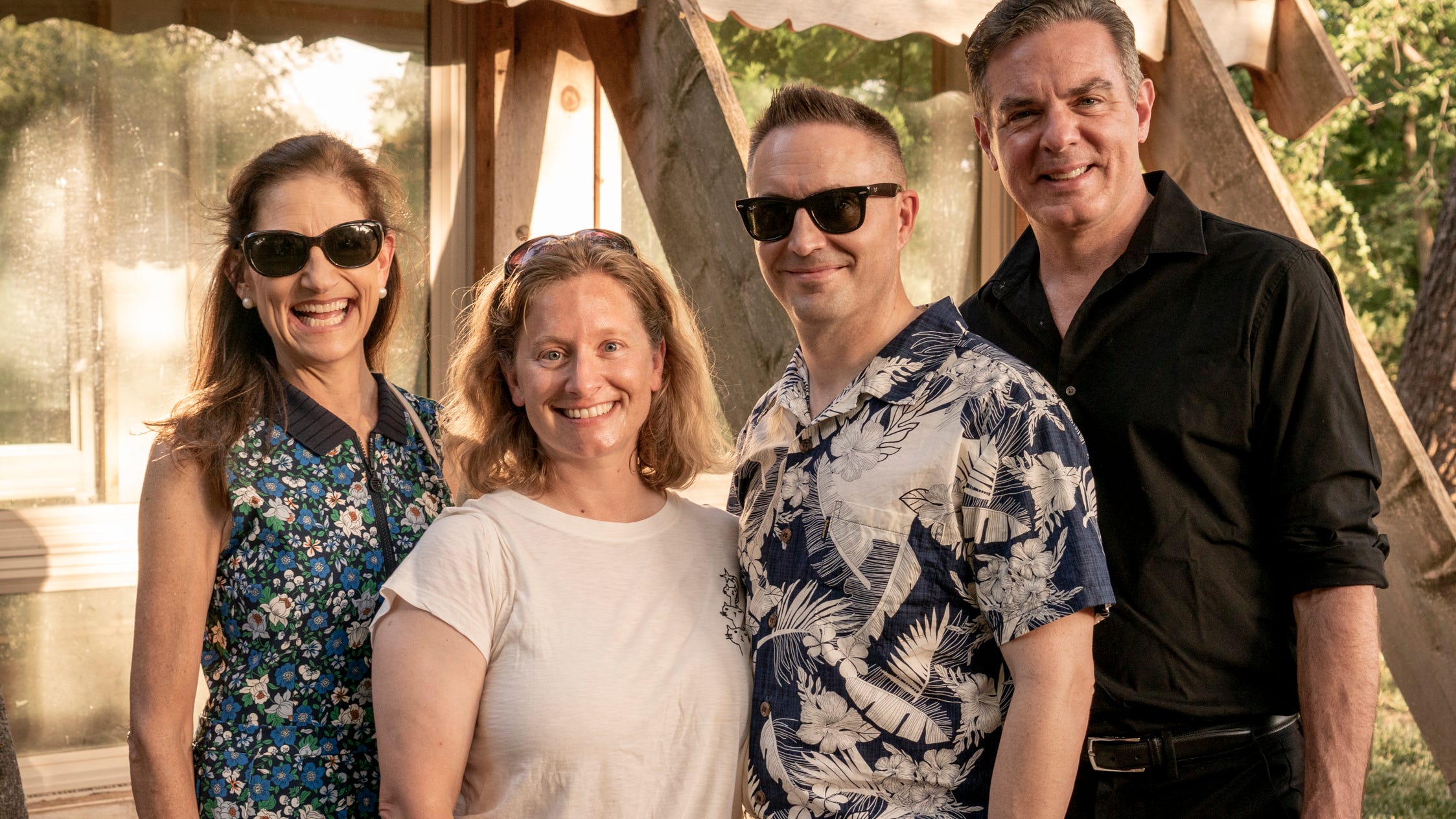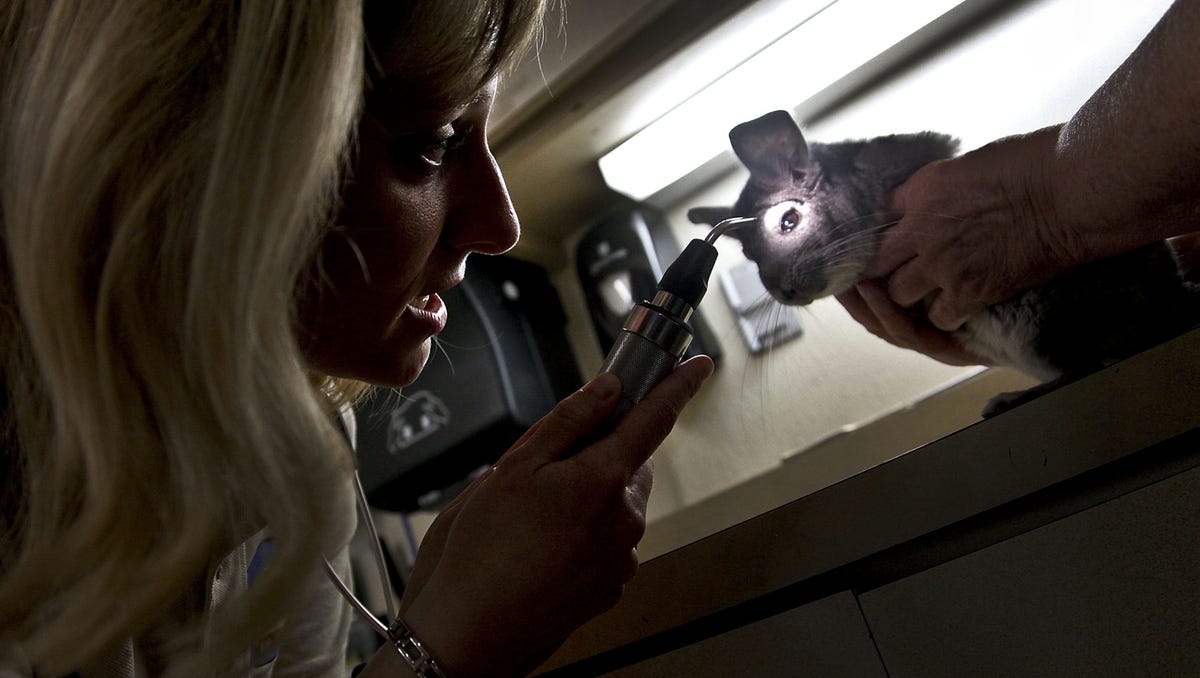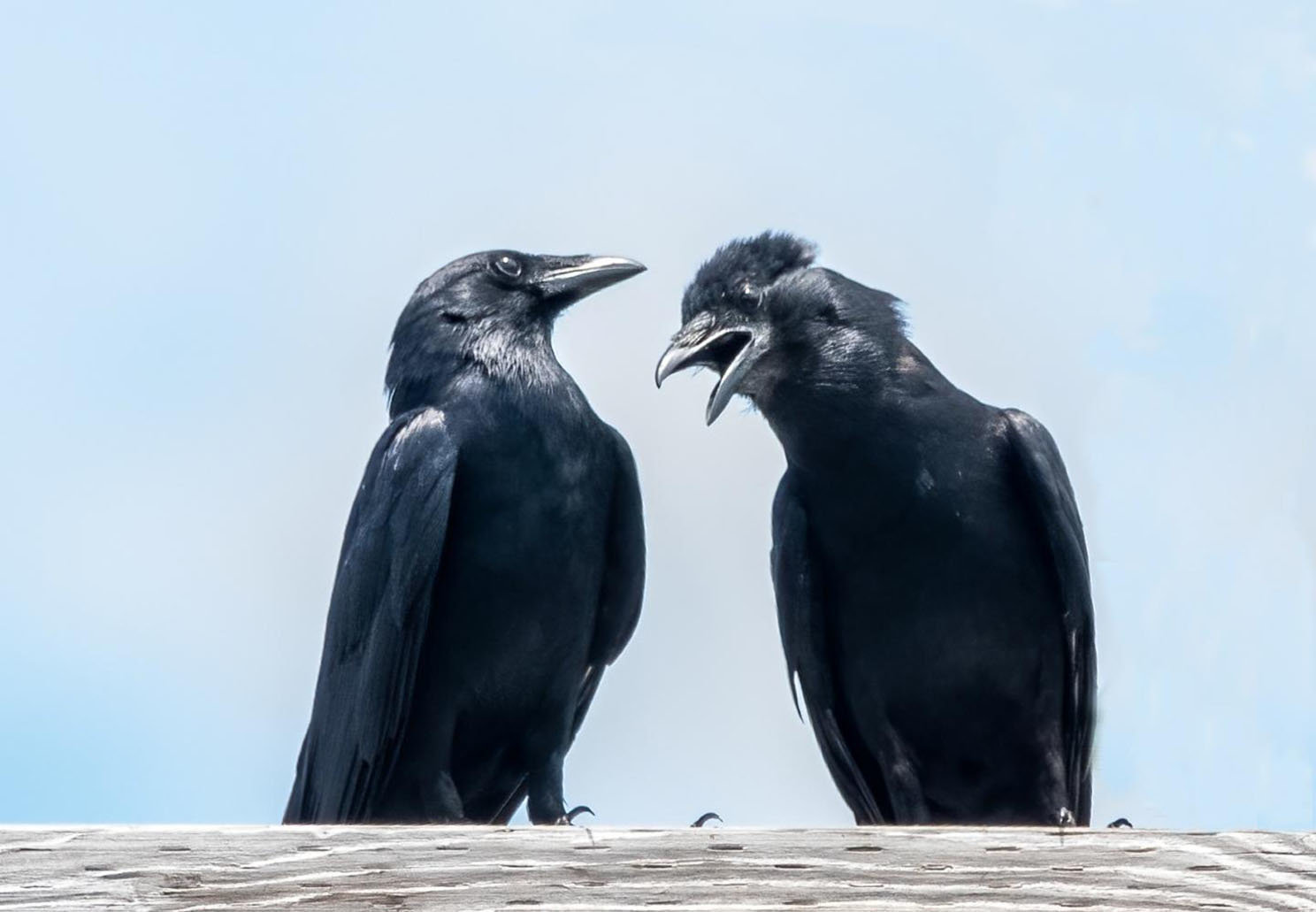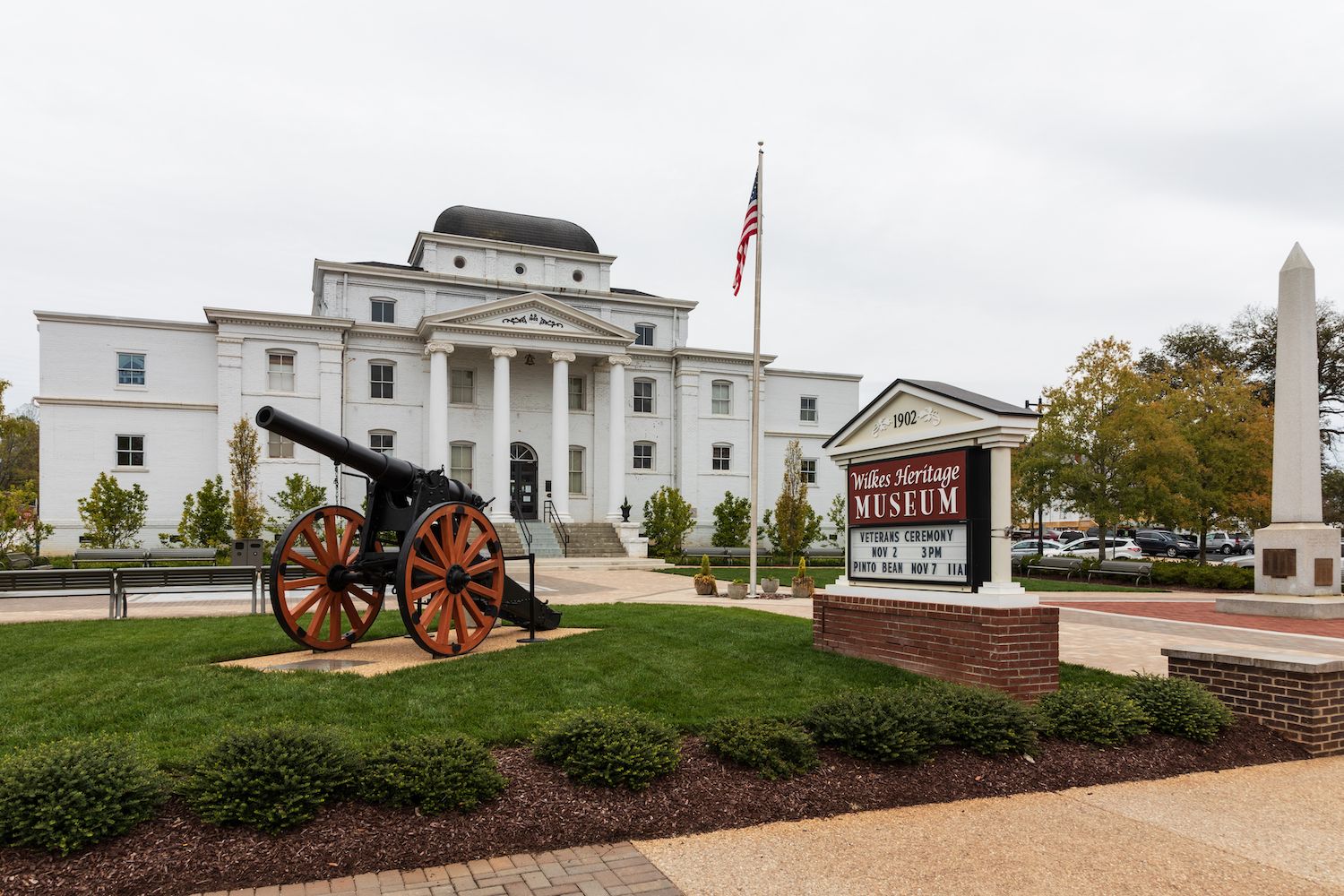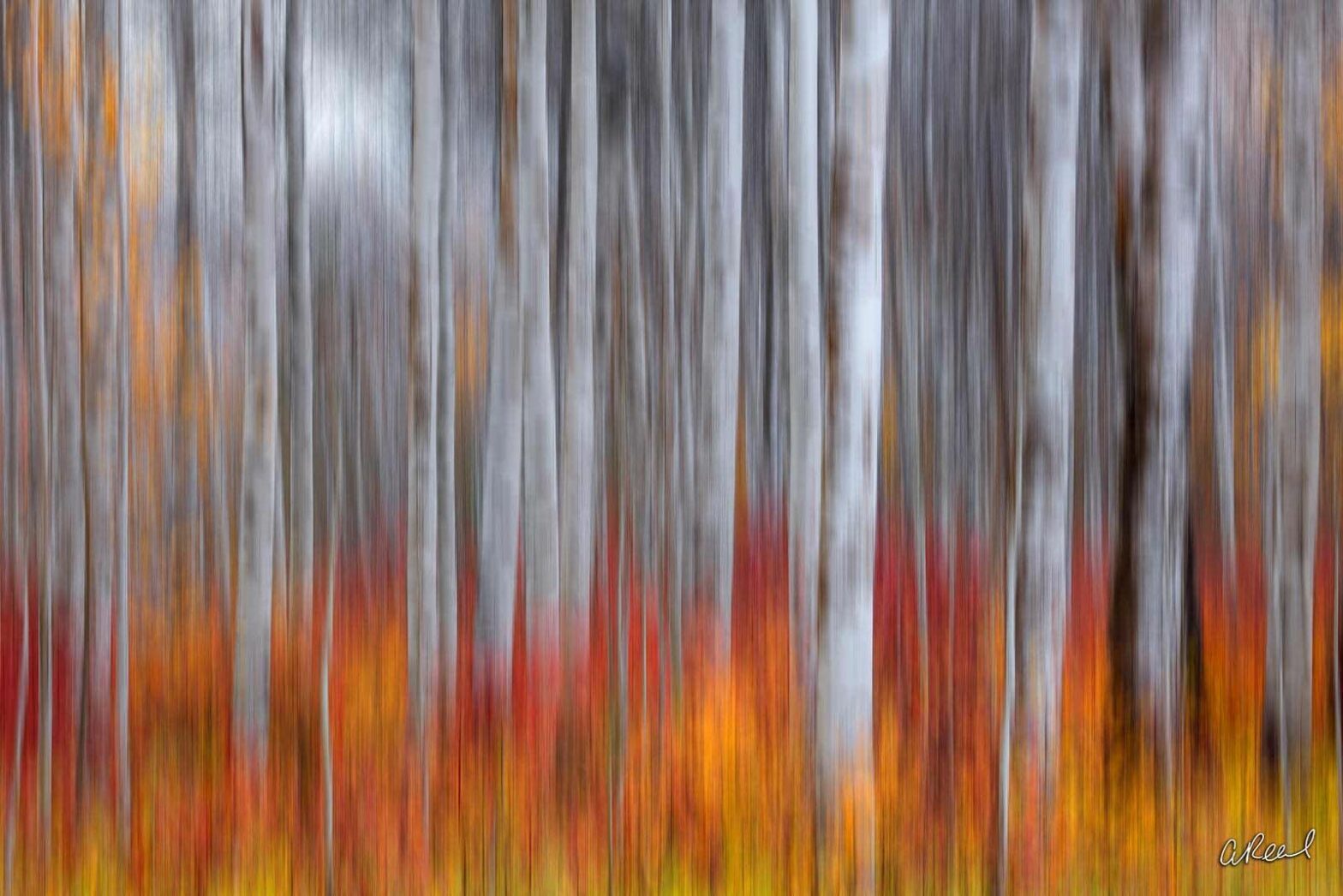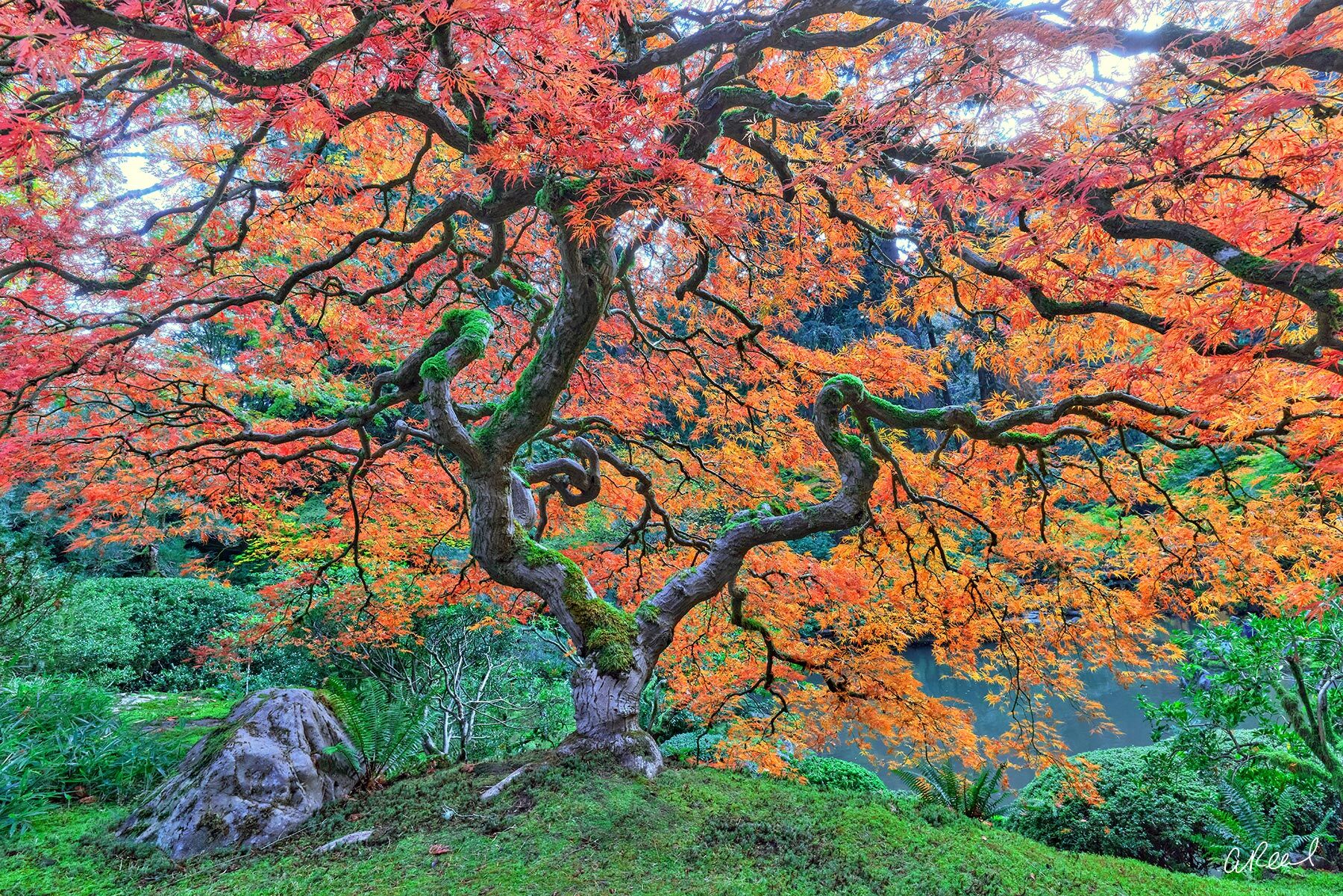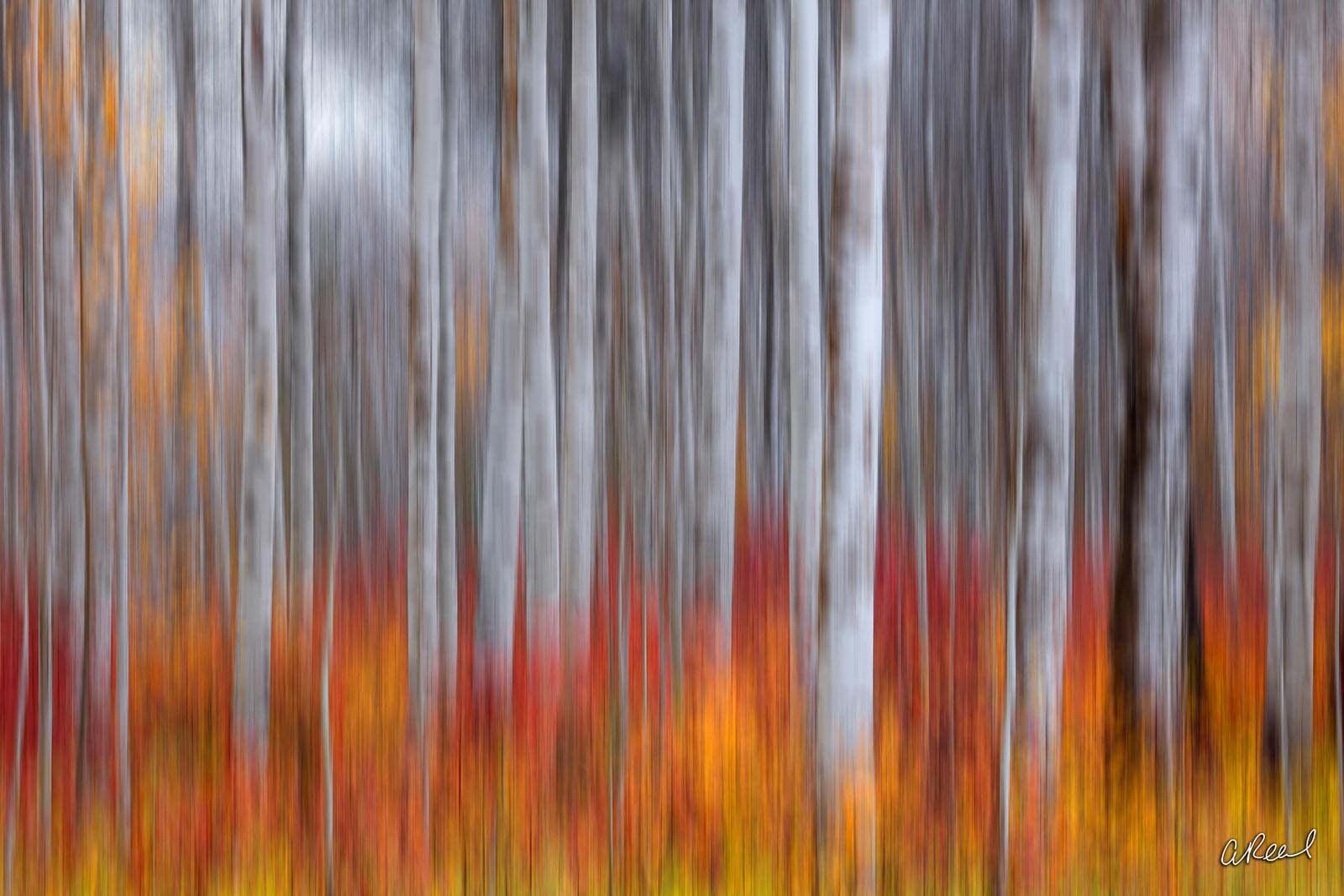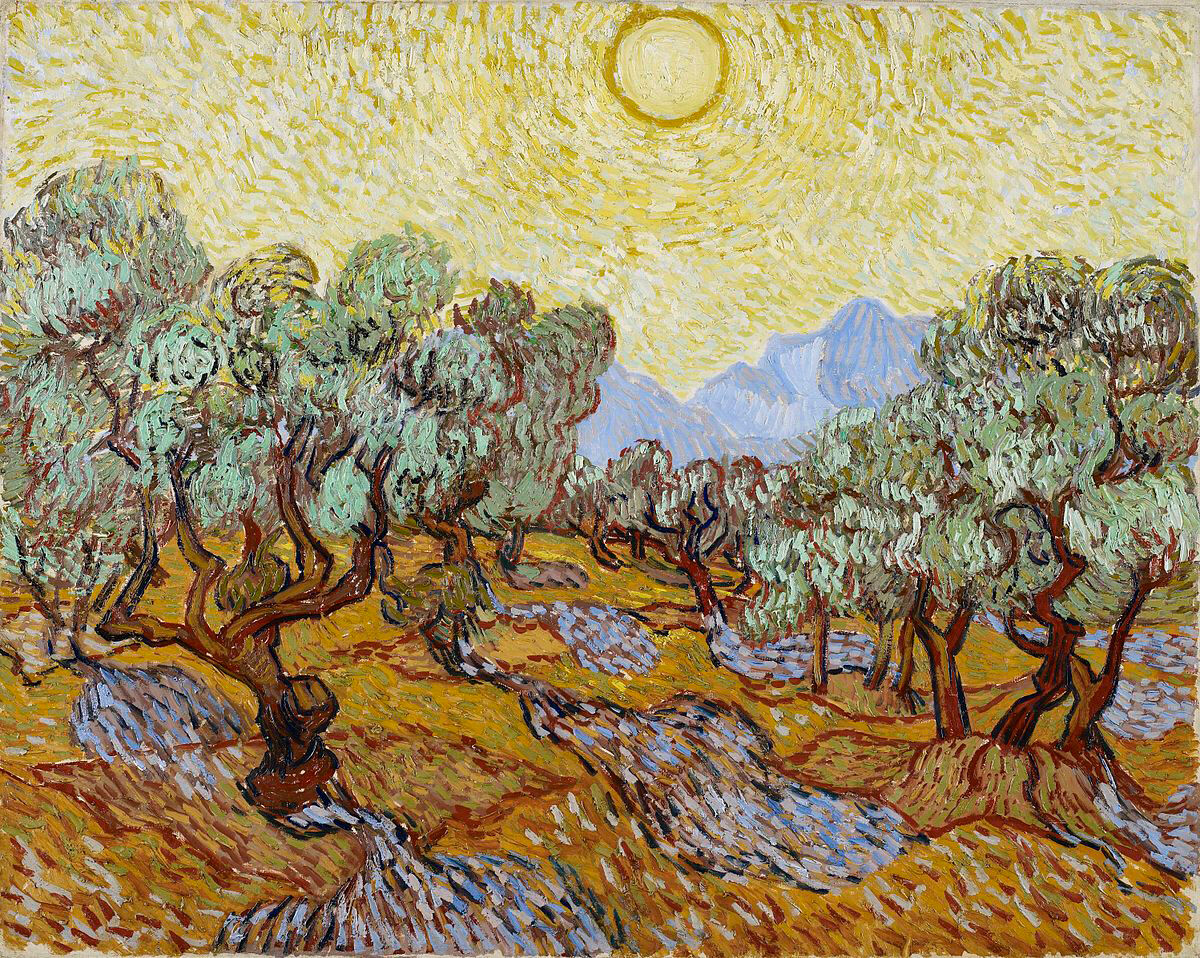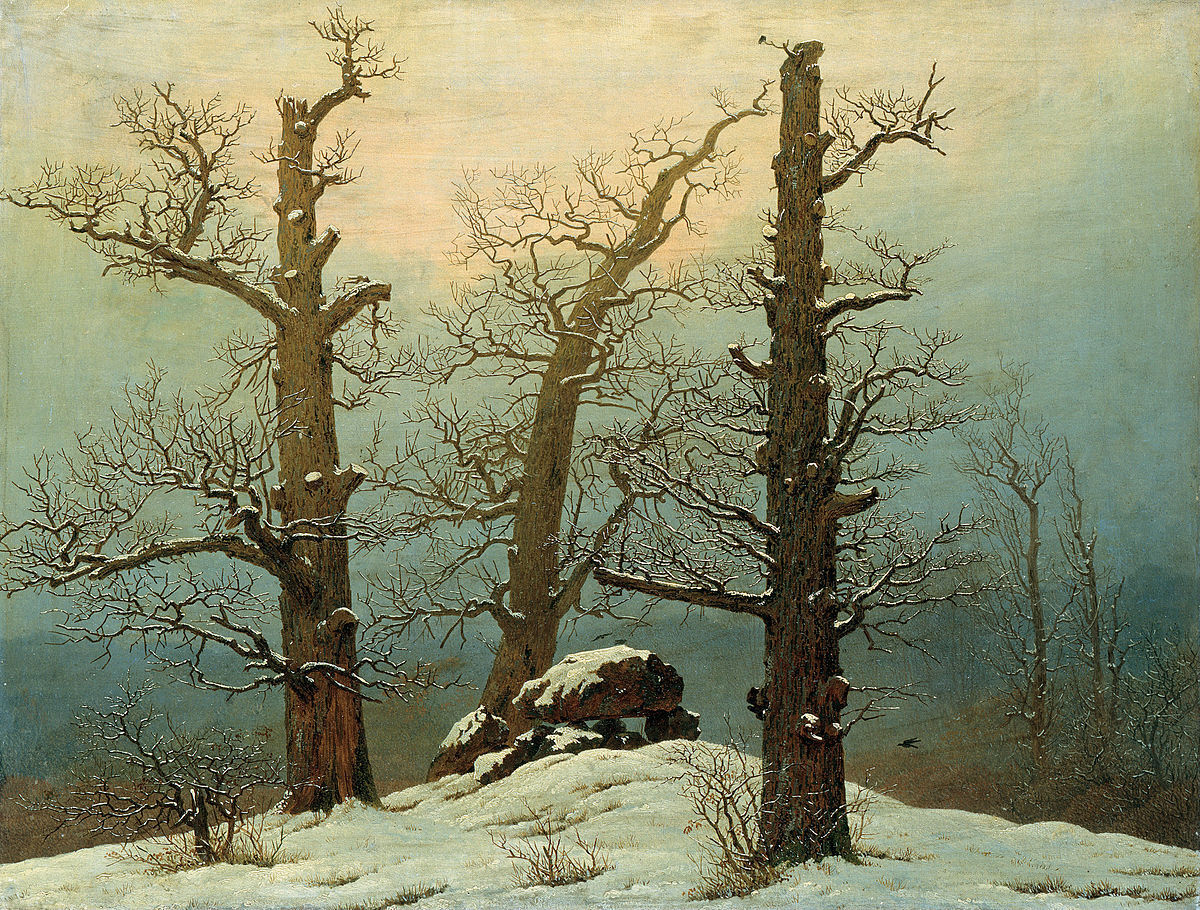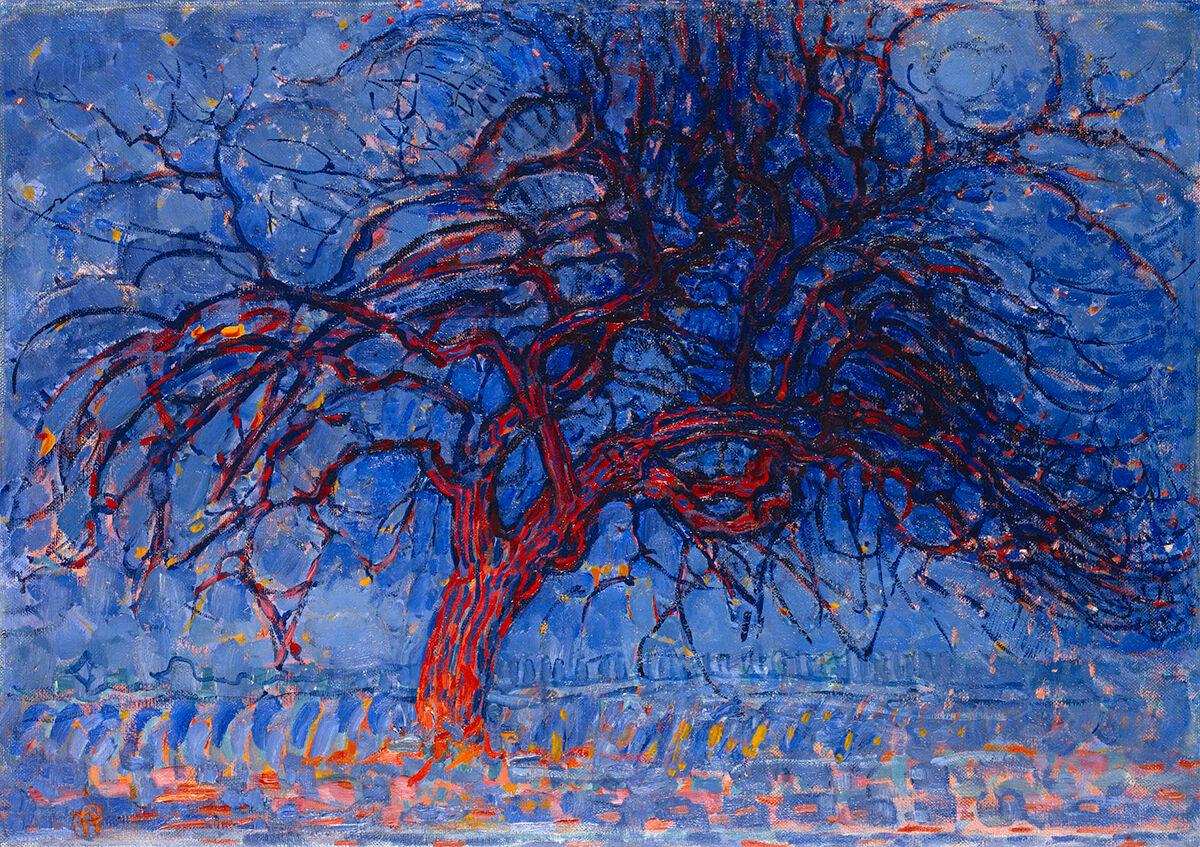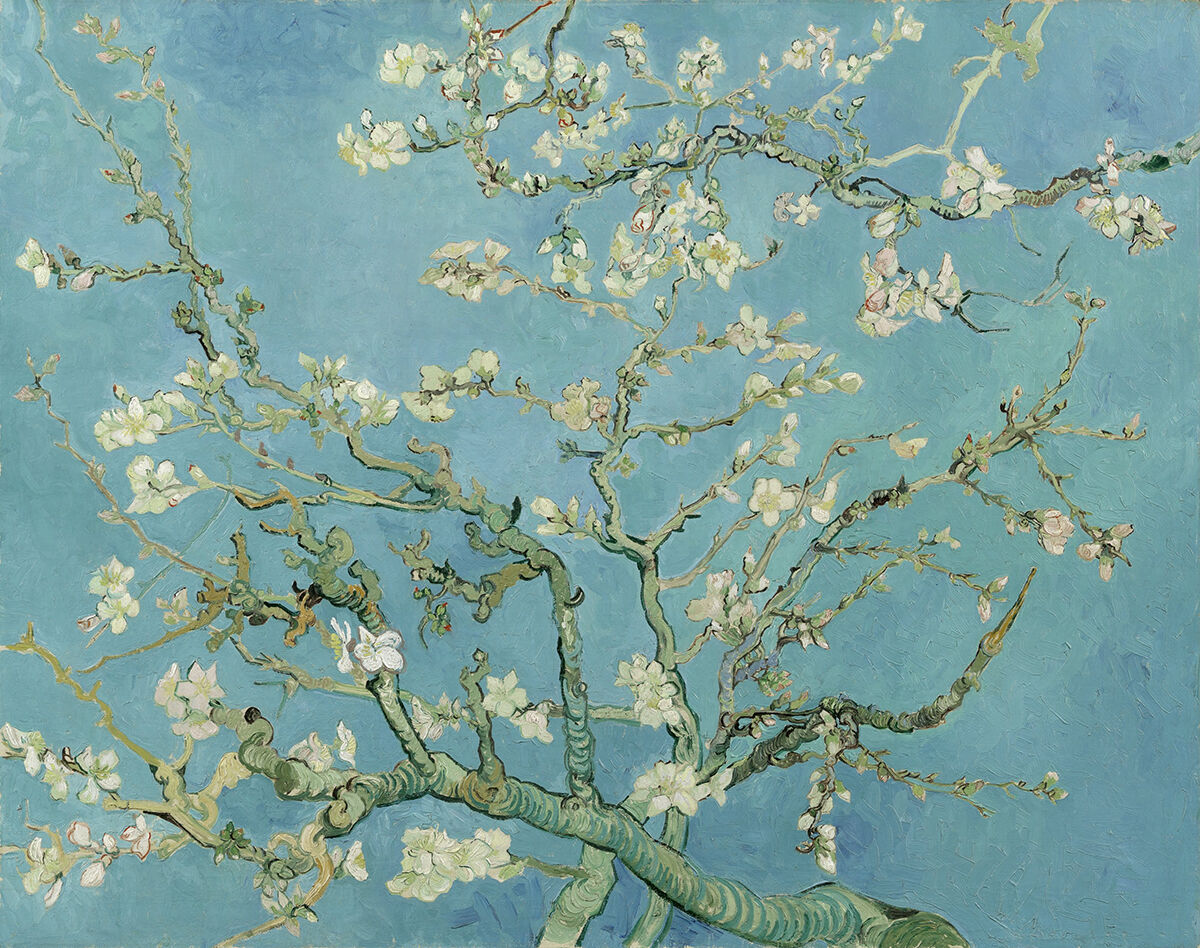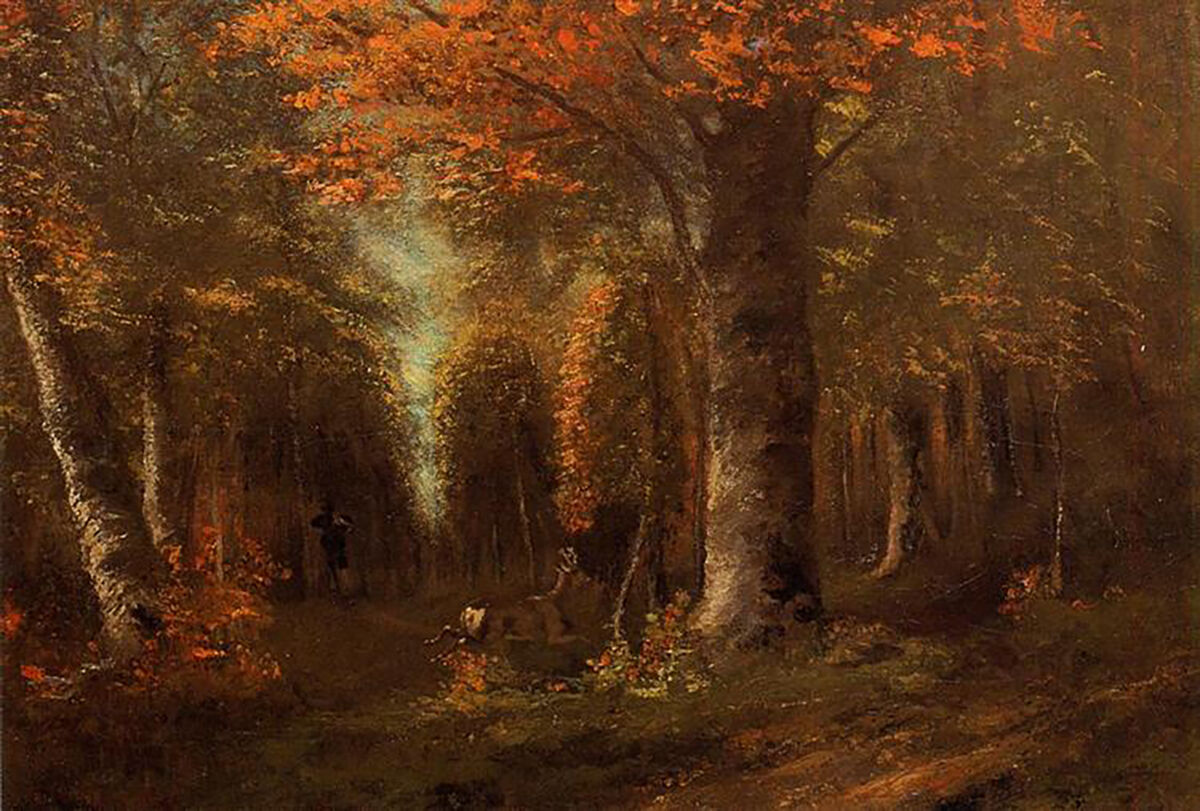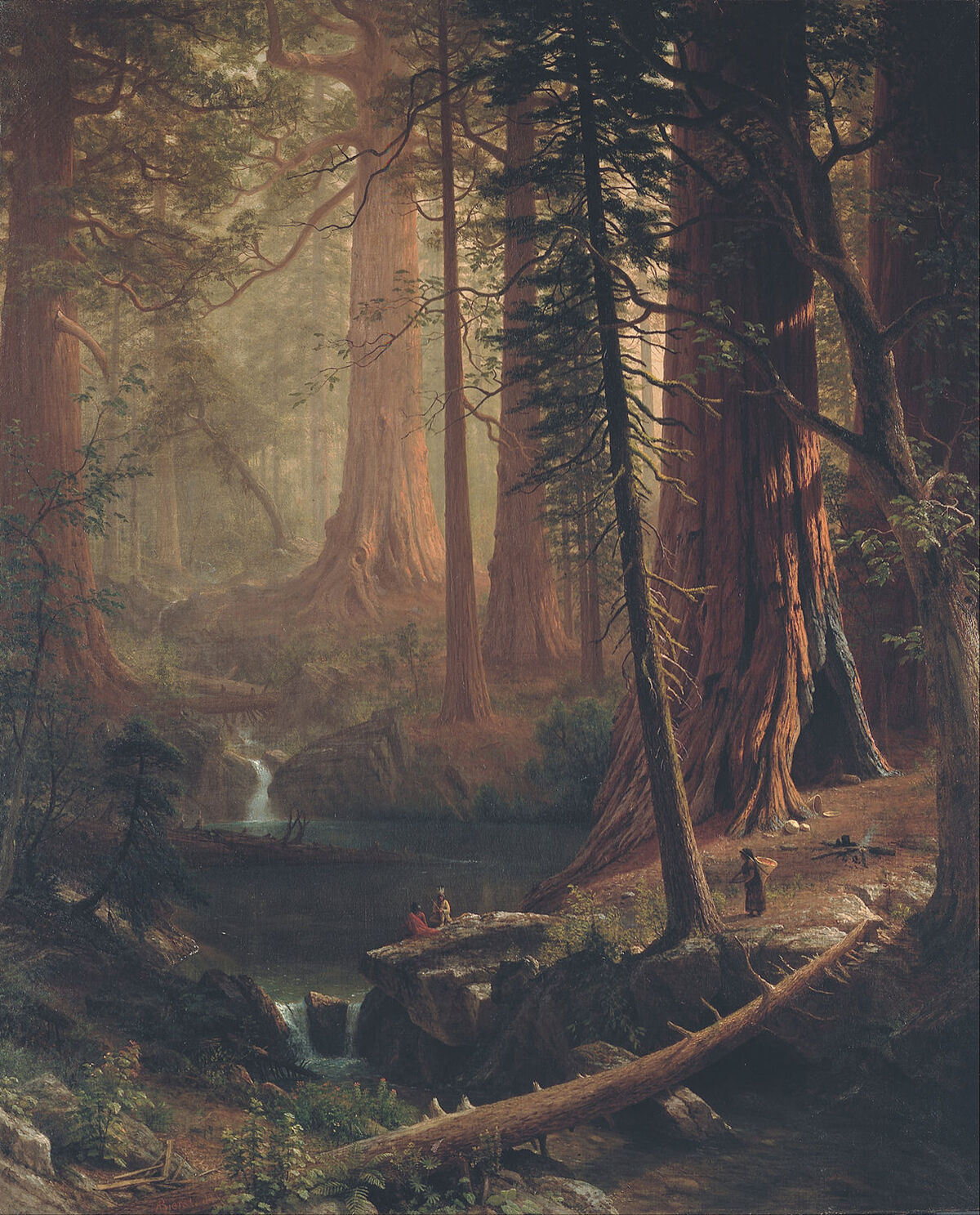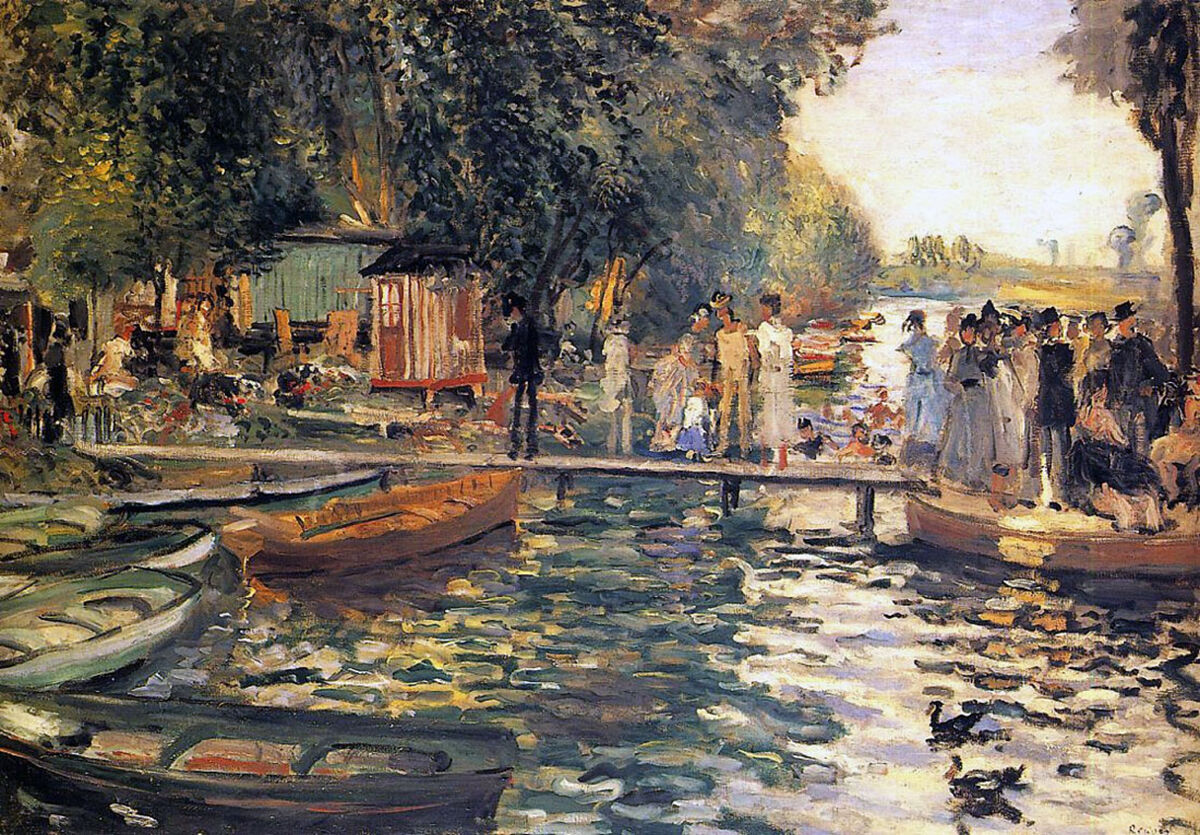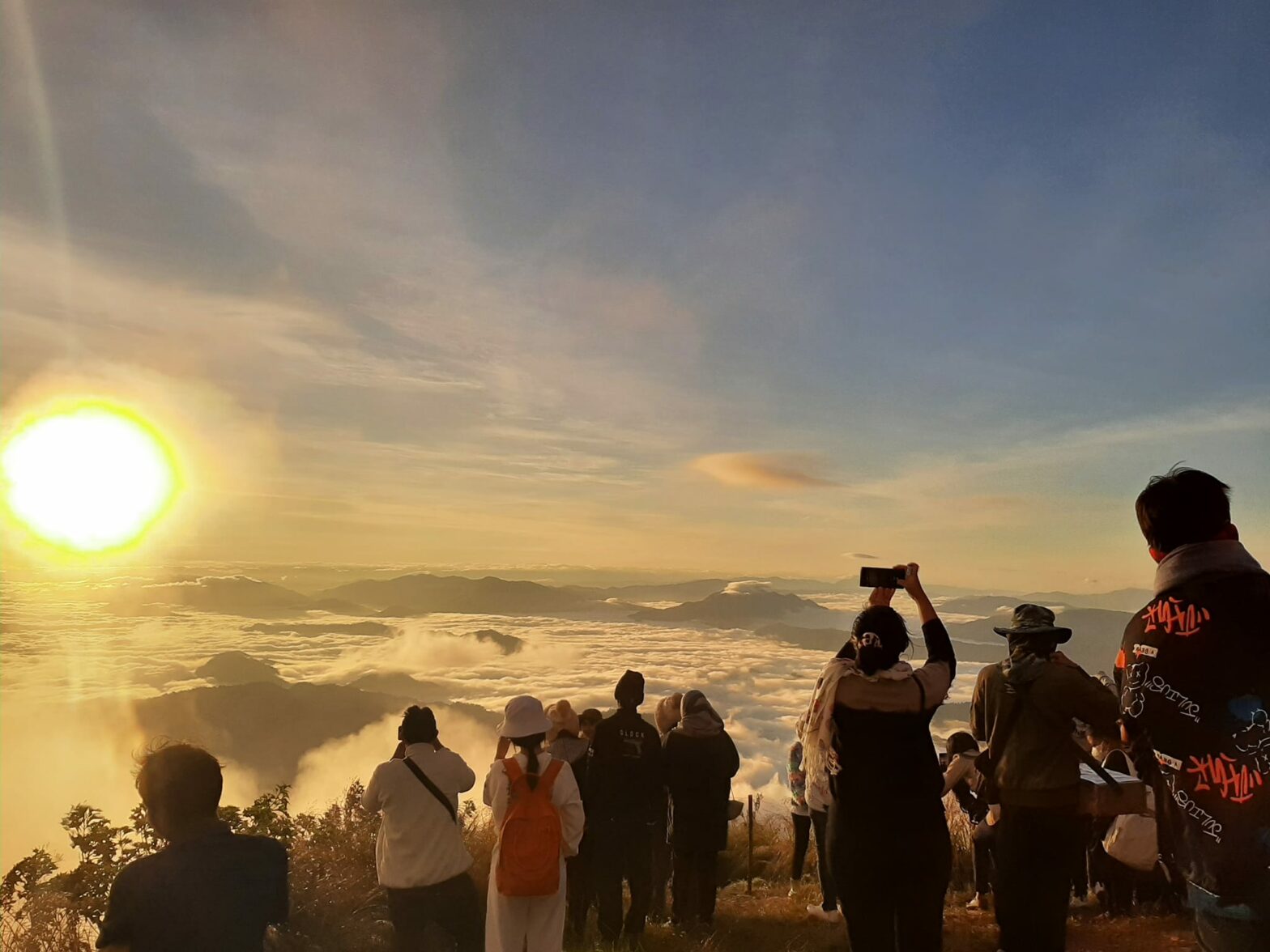Some say that young people are impatient, and are only on the look-out for short-term gratification. Not so with Douglon Tse, whose long-term vision has led him and his wife to a unique island in China.
Original Date of Release: April 13, 2021.
[Trailer]
DT: I was like “Hold on, everything has changed so much in China from 2011 to 2017. And how does this island, so close to Shanghai, stay almost the same?”
[Intro]
OF: Welcome to Mosaic of China, a podcast about people who are making their mark in China. I’m your host, Oscar Fuchs.
As someone who, in general, has a ‘go with the flow and see where life takes me’ attitude, I’m always intrigued by serious people with serious plans. Today’s guest has a long-term vision for his life, and it’s a path that has led him to a unique place, which he describes very vividly in today’s episode. At 30 years old, Douglon is also one of the youngest guests in Season 02, so if you’re also young and thinking about how to go about making your mark in China, you in particular should find this one of interest. And finally, Douglon speaks excellent Chinese, but with a local pronunciation. So listen out for that, if you’re anywhere outside of the area around 浙江 [Zhèjiāng] Province.
[Part 1]
OF: Thank you for coming, Douglon. I’m here with Douglon Tse. Douglon, you are a friend of Octo’s, that’s who introduced you. So let me play you the introduction that Octo said about you from the last series.
[Start of Audio Clip]
Octo CHEUNG: I’m recommending a very good guy called Douglon. And he’s from a very interesting family. He’s doing a very cool business, it’s a small island next to Shanghai.
[End of Audio Clip]
DT: Yeah.
OF: That was Octo. So first of all, tell me how do you know Octo?
DT: She designed my suit and my wife’s dress at our wedding, through the kind introduction from my father.
OF: Well, there you go. And she said that you come from an interesting family. I’m sure we’ll discuss that as part of our discussion today.
DT: Yeah.
OF: But before we do that, the first thing I would ask anyone in that chair is, what object did you bring that in some way represents your life in China?
DT: I brought a very humble rock from 嵊泗 [Shèngsì] island. This rock is something that we try to incorporate in our design for our shops on 嵊泗 [Shèngsì] island. And we try to use as much local stuff as possible. And so local fishermen would use these rocks to weigh down the nets when they go fishing.
OF: Right.
DT: So it’s really cool. And it’s very durable. And I usually give this as a gift to all my friends who visit me on 嵊泗 [Shèngsì] island.
OF: Oh, as a gift. So what do they use it for?
DT: Ideally, I tell them to use as a candle holder. So this rock is for you.
OF: Excellent. Oh, thank you so much. Wait, so this rock here has been at the bottom of the ocean, has it?
DT: Yes. What they do is they would go out to sea and, depending on the seasons, they would fish for different things, from fishes to crabs, to shrimps. The entire island, for the past couple of hundred years, is based off a fishing economy. Until recently, after they made transportation more convenient, tourism started to boom.
OF: OK. Well, first of all then, describe to me where is this island?
DT: 嵊泗 [Shèngsì] island is around 60-70 kilometres south of Shanghai. And right now, it’s an hour and a half away, a ferry ride to the port and a 15 minute to an hour and a half boat ride, depending on the slow boat or fast boat. The boom in tourism really started around the 1990s after they built that bridge to that huge port called 洋山 [Yángshān].
OF: Right, that place which is still within Shanghai, but it is in the middle of the sea, right?
DT: Exactly.
OF: So this port, how far is it from the mainland of Shanghai?
DT: Something like 30 kilometres away. If you drive under the speed limit, it takes around 30 minutes to cross that bridge.
OF: That’s one big bridge.
DT: Yeah. The 东海 [Dōnghǎi] bridge. It’s not very famous. The one that goes across 杭州 [Hángzhōu] is more famous to most people.
OF: Yes
DT: People drive across that bridge all the time.
OF: Yes. Whereas this bridge, I guess, because it just gets to a port, it’s mainly for the port traffic.
DT: Yeah.
OF: Yeah. Here you are, you’ve got this American accent. I’m assuming that you’re American.
DT: Yeah, I’m from Boston. After going to college in Hong Kong University, I worked in Shanghai for 10 years, and was mostly in the restaurant business. I was trying to find a place to build my career, and trying to find a place in China that was slow enough, and not developing like crazy China speed, where I could compete. And so I did some exploration around Shanghai, basically drawing a three hour radius, and discovered 嵊泗 [Shèngsì].
OF: OK, so when you first went there, what year was that?
DT: 2011. Well, that was just out of tourism purposes, because I was really bored, and I didn’t have many friends.
OF: Right. And why did you choose 嵊泗 [Shèngsì], just randomly?
DT: It was a SmartShanghai article.
OF: Oh right.
DT: They did a piece about the graffiti walls in one of the villages. And I went there in the dead of winter; didn’t do much, because most of the things were closed; saw the graffiti walls; and went back to Shanghai the next day.
OF: Oh that was it.
DT: Yeah it was a very short trip.
OF: There probably wasn’t very much on the island anyway, at that point.
DT: No, there wasn’t. And it was really dirty at that time. Literally just people setting up shop on the street and selling things. Who knows if it was actually clean or safe.
OF: Interesting. And so it was this neglected piece of China, which wasn’t on the radar for anyone at that point.
DT: Yeah. And in many ways, it still isn’t on the radar for many people.
OF: Yeah.
DT: So when I think of 嵊泗 [Shèngsì] island, I think I’ve found a place where nothing has been touched, which is really rare. Big companies have not touched it. I’m the only expat who lives there. So English teachers have not touched it yet.
OF: Oh wow wait a minute, you’re the only non-Chinese person?
DT: Yes.
OF: OK. And how many people live on the island altogether?
DT: 40,000 on the main island.
OF: OK.
DT: Yeah, so… I think altogether, there are five main islands, for the 嵊泗 [Shèngsì] archipelago, and there’s a whole bunch of smaller islands that I can’t even name. They’re not even liveable. They have docks on these small islands, and it’s great for nature photography, hiking, seeing the sunset, sunrise, that kind of thing. But no one lives there.
OF: Well, then talk me through what happened. So you went there to see the graffiti, and then now you live on the island. So what happened in the interim?
DT: So I thought I was going through my farewell party for Shanghai, do a whole China tour with my wife, and then to decide what would be the next phase of our work lives and also our lives together. So I proposed to her like “Oh, I know these really cool islands south of Shanghai, it’d be cool just to check it out and make it part of our road trip.” So 2017, we take the ferry there, everything almost looks like the same. And that was the problem. I was like “Hold on, everything has changed so much in China from 2011 to 2017. And how does this island, so close to Shanghai, stay almost the same?” And that was where I felt I could develop my career. So that was a short road trip.
OF: Oh, so you didn’t even carry on.
DT: It was just screaming opportunity. So we just seized it. We really wanted to do domestic tourism. What we were banking on was, domestic tourism will keep going up regardless of China’s economy. Because if it goes up, there’s around another 7-8 hundred million middle class people that will become realised, and they’re going to be travelling all around. And if it is a bad economy, then it’s just less international tourism. A lot more wealthier Chinese will have to find other options. And 嵊泗 [Shèngsì] island being so close to Shanghai, we just felt that it will always do well.
OF: So could it have been any Island? Or was it something about this specific island?
DT: Well, we chose 嵊泗 [Shèngsì] island versus other islands, because it wasn’t too influenced by tourism. So we knew that we needed to have the local patronage in order to survive the down season. It’s really hard to get quality staff that just leave after six months. And just the momentum of the business. Because we’re in the restaurant business, the constant 点评 [Diǎnpíng] reviews. If we don’t get constant 点评 [Diǎnpíng] reviews, then we just start heading down south.
OF: And just to explain, what is a 点评 [Diǎnpíng] review?
DT: On an international level, it’s kinda like TripAdvisor. So it’s very crucial to our business and they’ve basically taken over.
OF: It still matters on an island where you have much more of a smaller catchment?
DT: Oh it’s even more so. Yeah, because when you ask advice from locals on the island, I would say 100% – the taxi driver or the guesthouse owner – gets a kickback. Something like 20%.
OF: That’s a specific island kind of mentality. What other island-specific mentality do you bump into?
DT: Their low self-esteem.
OF: Oh right?
DT: Yeah, they don’t think that they can do things, because they’re from 嵊泗 [Shèngsì] island. They always look up to big cities like 杭州 [Hángzhōu] and 宁波 [Níngbō] and Shanghai and Beijing. Everything that I’ve opened – from a dessert shop, to a Japanese restaurant, to a pizza shop – it’s always been received with negativity.
OF: Like a “It won’t work here”?
DT: Yeah, saying like “Oh, it’s too small. It’s only 40,000 people” or “The fishermen will never be able to welcome this into their lives”. But the population has never been a big issue for me, because I come from a small town.
OF: Oh, where do you come from?
DT: A small town called Milton, Massachusetts, and the population is like 30,000. So if I can see things that work in Milton, I’m pretty sure it will work on an island that has a stronger domestic tourism. Because no-one’s going to Milton for fun.
OF: Apologies to anyone who lives in Milton. How do you counter that?
DT: You just prove it. And once they see that they’re business, they basically just shut up.
OF: Well then what is the business? Explain how your business works.
DT: So when we came to 嵊泗 [Shèngsì] island, we were targeting the locals, and we were targeting all the B&Bs that were open. So there’s around 987 B&Bs. And our job was to supply them more desserts, better alcohol, to serve their customers and improve the overall experience. So basically, our job was to help the B&Bs make more money.
OF: And ‘B&B’ of course is ‘Bed and Breakfast’.
DT: Yeah.
OF: So there aren’t any really big hotels? Or there are, but you don’t target them.
DT: They are. But they’re self-sustainable.
OF: Right. OK.
DT: And then we started opening more shops near the dessert shop. What my company’s called is The Microdistrict.
OF: Microdistrict.
DT: Yeah. My wife and I opened that company. And it’s the idea of having a condensed street of things to do.
OF: Oh, I see. So these things, they’re not just in the same company. They’re actually physically in the same geography. They’re in the same location.
DT: Yeah, yeah. So going to school in Hong Kong, I’ve always been fascinated by how much they could just fit things into small spaces.
OF: Right.
DT: And it’s always those kind of places where I want to be in. And I wanted to recreate that, that’s kind of my artistic expression.
OF: So whereabouts is this? In the main part of the town, or..?
DT: Yes, it’s downtown, right beneath a whole bunch of apartment complexes. Unfortunately, it’s not by the beach. In order to get more of the local customers, we had to be close to where they live. And eventually, maybe 2022, we’ll start having more shops by the beach.
OF: Right, got it. And the beach is the main draw for 嵊泗 [Shèngsì] in terms of the tourism, right?
DT: It is. There’s basically a few narratives of tourist. There are people who want to take photos; there are people who have never seen the ocean; and there’s people who really love seafood. So those are the three main groups of tourists on 嵊泗 [Shèngsì] island.
OF: Interesting. So when you go there, it’s not just beach-goers, it’s people who are also crowding around the seafood restaurants.
DT: Yeah, exactly. So something that I always talk to people who live in Shanghai is, you sure don’t eat a lot of seafood. And your most famous seafood-ish dish is a crab that comes from a lake.
OF: Yeah. Why is that? We’re here on the coast after all.
DT: I think it’s because Shanghai developed rather late. And so they never had a chance to develop its fishing economy.
OF: OK.
DT: Yeah.
OF: And so you mentioned Shanghai, you lived here for, was it 10 years?
DT: Yeah, pretty much 10 years.
OF: Right. So here we are, we’re doing this recording on one of your trips to Shanghai. When you’re in town, do you realise what you miss? Or do you not miss it very much at all.
DT: I miss the idea of it. But once I’m in the thick of things, I don’t really miss it. First thing is pollution. And then there’s the traffic. Those two combined is already really bad. When I think of my peers, or when I think of big companies that invest in Shanghai, I think people who spend that amount of money isn’t really there to make money. Because Shanghai is more of a platform for marketing, and to meet people. But if you really want to be in China to make money. You’d probably be anywhere but Shanghai.
OF: That’s a good point, isn’t it? Because a lot of the things that you see in Shanghai, I do wonder “How does it make money?” It’s always expensive, glitzy, showy. And then you go to a mall next door, and it’s the same glitzy, expensive, showy. And you do wonder “Who is making money here?”
DT: Yeah, exactly.
OF: So did you have any experience of trying something in Shanghai first, or did you know from the start that it wasn’t for you?
DT: My passion is farming. So I was working on 崇明 [Chóngmíng] island for a while, volunteering. Then I was doing some vertical farm projects with 同济 [Tóngjì] University. Wherever I kept going, there’s always just some type of issues where Shanghai just doesn’t seem very possible, or it’s not very profitable. Long-term wise, if I had to start a project on 嵊泗 [Shèngsì] island, I would really like to start a farm. I really believe in agrotourism. When I was 16 years old, I googled ‘jobs that will still exist in the future’.
OF: Right.
DT: Because I had no direction. And they said “Oh, agriculture will still be around, by like 2050”. So I was like, super invested, and I really like agriculture, so I was like “Yeah, I think I could do this for a living.”
OF: Yeah, yeah. And I can see how that thought would have also brought you to the island too, because like you said, you’re trying to go for domestic tourists. And if everything else closes down – which is like what happened with COVID – then there are still presumably domestic tourists who would still go to an island, right? That’s, kind of, future-proofing your business.
DT: Yeah. So COVID actually kind of proved my point. But the problem was, I wasn’t ready for COVID.
OF: Right.
DT: So it’s actually accelerated the speed of my business, faster than I wanted to. It’s done a lot of early marketing for 嵊泗 [Shèngsì] island. And of a sudden, there are a lot more foreign tourists who have come to 嵊泗 [Shèngsì] island. And a lot of people who have never heard of it are now starting to hear about it. So I think next year, there’ll be an even bigger boom. But the problem is, 嵊泗 [Shèngsì] island needs to be able to manage expectations.
OF: Yes, because while you say that it has potential, I get the feeling that it’s not there yet, right?
DT: No. And to be fair, 嵊泗 [Shèngsì] island has not marketed itself that much. So this is not some attention that they’ve brought upon themselves. It’s just the power of social media, and a bunch of bored tourists in Shanghai finding things to do for the weekends.
OF: Yeah, exactly. Interesting. So that actually could be a disadvantage, because they will come they will have high expectations, which will not be met.
DT: Yeah, and this is kind of like a rare opportunity. If you mess this up. You’re gonna have to wait another 100 years for another COVID.
OF: Right. Ouch. So what are you doing then? Are you trying to spread the opposite kind of marketing, saying “No, no, no, don’t come yet”.
DT: For my friends, yeah, that’s what I try to do. Not really recommending the most tourist spots on the island.
OF: Right. And I’m looking at these weights that you brought, these net weights. Does that mean that there are these picturesque little fishing villages still on the island? Or has that all been redeveloped?
DT: Yeah, they still exist. And that’s the most fascinating thing is that, if you look at the entirety of China, there’s not that many fishing villages compared to farms. And the culture of fishing is very strong. They’re very superstitious.
OF: Right.
DT: Every time when they are about to go out to sea, they will have to go to the temple first. So the whole fishing industry is very interesting. It’s like, it hasn’t really modernised. And the younger people don’t want to do this job. They want to live in the city. So now you get this weird mixture of people from 云南 [Yúnnán], 贵州 [Guìzhōu], 四川 [Sìchuān] doing fishing jobs. And all the local people who came here 150 years ago, are now in the big cities. And they’re living quite nice lives, because fishermen, they make quite a bit of money, especially if you compare them to farmers. That’s one of the reasons why the 嵊泗 [Shèngsì] economy is so strong.
OF: Right. And let’s go back then to your life on the island. So you can be a big fish in a small pond, right?
DT: Yeah. So the way we chose Microdistrict locations is very similar to how Mao would spread communism. Mao would spread communism through villages and towns around big cities. As opposed to going directly to the heart of Shanghai and opening shops, we’re targeting areas that have a relatively strong local population. And once that cashflow becomes more and more positive, then I’ll probably head into the big cities. Yeah.
OF: Nice. Well, I’m not sure many business books would make that leap from Maoism to how to expand your business in China. I think that’s the first time I’ve actually heard of that.
DT: Well a lot of Chinese grown officials have told me that.
OF: Interesting.
DT: Yeah. So maybe they should be more business oriented.
OF: Yeah.
DT: My dad used to say, many years ago, that if you think that there’s no opportunity in China, then you’re wrong. Every hour west that you go is five years back. You know, one hour west that’s five years, two hours west that’s 10 years. It’s a huge place, so when you see these Western commentaries about ‘no opportunities’, or ‘it’s peaked’, come on…
OF: And you mentioned your father, so what does your family think about what you’re doing?
DT: They don’t say too much.
OF: Do they think you’re crazy, or..?
DT: No. They thought farming was crazy. At least this is a little bit closer to home. But if you compare to what my father did, which is representing the Roosevelt family for 30 years…
OF: Oh right.
DT: …It’s big shoes to fill. And to put that comparison to what I’m doing, it’s maybe not super fair. Because I’m not going to be able to represent some presidential family in China.
OF: Oh right.
DT: Yeah.
OF: That’s interesting. And is that, do you think, why you have maybe gone a little bit more unconventional than other business people would have?
DT: Yeah. So the most unconventional thing that kicked off my life was choosing to go to Hong Kong University for college. People said, like “You’re from Boston. It’s Chinese people’s dreams to go to school in America”. And then my American friends would say “What? You’re going to Asia for school? There are plenty of good schools in the States”. How many ABCs do you know would choose to go that route? And most of my friends stayed at home, the furthest they would go is to the UK. Yeah.
OF: And then going back to, then, the question, which was about your family. So are they now fully supportive?
DT: No. But I’ll just prove it to them like the way I prove to 嵊泗 [Shèngsì] residents and the government officials.
OF: Yes. Nice. Thank you so much, Douglon.
DT: Thank you, Oscar.
OF: Now on to Part 2.
[Part 2]
OF: OK, are you ready?
DT: I’m ready.
OF: OK, Question 1. What is your favourite China-related fact right now?
DT: Coming from 嵊泗 [Shèngsì] island, one of my favourite facts is that 嵊泗 [Shèngsì] used to be part of Shanghai, and it was after maybe the Cultural Revolution that it became part of 浙江 [Zhèjiāng]. So I think it’s been seven or eight times now that 嵊泗 [Shèngsì] has applied to be part of Shanghai again, to return to the fold.
OF: Oh wait, so they are being quite open about wanting to leave 浙江 [Zhèjiāng] province?
DT: They applied to Beijing. All the time.
OF: Oh. I’ve never heard of that. Is that… Can you think of any other examples of where a town has tried to change province?
DT: I would assume a town that wants to be part of a city state, like 重庆 [Chóngqìng] or 天津 [Tiānjīn]. They probably have more benefits than to be part of a huge province.
OF: Right.
OF: Yeah.
OF: This is the kind of cross-provincial competition that the everyday person wouldn’t really be aware of, right?
DT: Yeah.
OF: Do you have a favourite word or phrase in Chinese?
DT: Yeah, my favourite word is 应酬 [yìngchóu].
OF: OK, what’s that?
DT: 应酬 [Yìngchóu] is kind of a business engagement, that happens quite often. And I think understanding that culture really progressed my business.
OF: What actually is the 汉字 [Hànzì]? Oh, 应该的应 [yīnggāi de yīng], and then what’s that one?
DT: 酬 [Chóu], 应酬 [yìngchóu].
OF: Oh, it’s 酬 [Chóu], OK. OK, OK, OK.
DT: 应酬 [Yìngchóu] culture is changing a lot. So on 嵊泗 [Shèngsì] island there’s no 白酒 [báijiǔ] culture, just no 黄酒 [huángjiǔ] culture. We’re mostly drinking tea. But the dining habits are the same. So I have to cheers everyone with tea, or hot water. Which is fine, much easier on the liver.
OF: Definitely. Thank you, next question, what is your favourite destination within China?
DT: So this is the tricky part. Because China keeps changing.
OF: Yeah.
DT: So right now, my favourite place in China is 滴水 [Dīshuǐ] lake.
OF: Oh, right. That’s somewhere in Shanghai, right?
DT: Yeah, right in between 嵊泗 [Shèngsì] island and downtown Shanghai. And I rented an apartment there earlier this year, because I just, I really like 滴水 [Dīshuǐ] lake. It’s like a mini young version of 深圳 [Shēnzhèn].
OF: OK.
DT: Yeah.
OF: I haven’t been to 深圳 [Shēnzhèn]. So… Oh, I’ve been there once. But what is it?
DT: Just full of young people. In 滴水 [Dīshuǐ] lake, everyone’s full of energy and just full of growth potential. So it’s gonna be like a tech and tax benefit hub. Tesla is around there, their factory.
OF: Right. Never been there. So I’m looking forward to it.
DT: I’ll take you there.
OF: Yeah. If you left China, what would you miss the most, and what would you miss the least?
DT: I’d miss the energy. Because you can tell that people are still hopeful and optimistic, and not jealous and full of hatred.
OF: And what would you miss the least?
DT: I won’t miss the pollution.
OF: Is there anything that still surprises you about life in China? And how many years have you actually been now in China?
DT: I’ve been coming here on and off since ’93. Living full time from university in 2009. So 10+ years, I guess. And the thing that still surprises me is how Chinese people are able to copycat things, and make it into creative products. Companies that chose to be in Tier One cities have now outgrown the market. And people who decide to start their business in Tier Five cities have now outgrown their market. So now they’re fighting for the Tier 2,3,4 cities. And so the foreign companies have to make their products cheaper. Companies that started in Tier Five cities now have to improve their quality. So across the board, you’re gonna see a whole bunch of battles.
OF: Interesting, and which tier is 嵊泗 [Shèngsì] island?
DT: Like, Tier Eight I guess, just by population size.
OF: Right, you’re not even on the radar.
DT: Yeah.
OF: How funny. Where is your favourite place to go out, to eat or drink or hang out?
DT: When I just want to relax and chill in Shanghai, I usually go to this corner of 仙霞 [Xiānxiá] Road and 安龙 [Ānlóng] Road. 2-3 blocks of just heavily populated – like a Microdistrict of – restaurants and bars. Mostly Japanese themed. But the whole vibe of that place is really cool.
OF: Nice.
DT: Yeah.
OF: That’s when you’re in Shanghai, but you’re here less and less, right?
DT: Yeah, maybe next time, my new favourite spot will be somewhere in 滴水 [Dīshuǐ] lake, to hang out.
OF: Ah yeah.
DT: They have a fake Nest. Oh, people from Nest, you should check it out.
OF: Right. It’s copying the bar and restaurant ‘Nest’ here in central Shanghai.
DT: Yeah.
OF: Well, you were just talking about copycats.
DT: Yeah well… Maybe Nest could have been there first.
OF: Yeah.
DT: At a much cheaper price.
OF: Right.
DT: Yeah. These copycatters are almost good market research. You don’t have to spend the time saying “Should we open a Nest there?” Someone’s already done it for you.
OF: What is the best or worst purchase you have made in China?
DT: My scooter. Yeah, I literally just go around on my scooter looking at sunsets.
OF: Nice.
DT: Yeah. After this island experience, if I ever choose to go to another place to expand, to do restaurants, first thing I’m going to do is buy a scooter and become an 饿了么 [Èleme] driver. Because right away I know who is ordering what…
OF: Yeah, that’s…
DT: …And what are the wealthiest neighbourhoods. It’s the best market research, by being a an 饿了么 [Èleme] driver.
OF: That’s amazing. What is your favourite WeChat sticker? OK, it’s coming through. Ah, yes.
DT: Yeah, it’s quite popular. It’s Elmo behind a flame wall. So it looks like Elmo from hell. Because sometimes people say things in group chats, and I have nothing to say. And this is the only sticker I found that’s applicable to anything, whether it’s good news or bad news. Because you can’t tell if he’s in torture, or he’s celebrating; if he’s excited, or if he’s upset. So the applicability is very high. Which means that I use it a lot.
OF: Well, I do have this, and I haven’t used it enough because of the ambiguity. I’m like “Oh, when do I actually use it?” But I should just push through that. Use it at all times. What is your go-to song to sing at KTV?
DT: I have a go-to song that people want me to sing a KTV.
OF: Oh-Oh.
DT: Yeah. It’s Louis Armstrong, What a Wonderful World.
OF: Oh, you have got quite a deep voice, is that why?
DT: Yeah. But it’s just because they want to hear me impersonate him.
OF: Oh, you can do an impersonation?
DT: Yeah. So once people get drunk enough, or if I get drunk enough, that song somehow always ends up… And it’s not… Because the thing is, the version on the KTV machines isn’t even very good.
OF: It’s a crowd-pleaser. If you had a choice, what would you like to sing?
DT: Probably any Beatles songs. Because that’s what I sing when I play guitar.
OF: There you go. And finally, what other China-related media or sources of information do you rely on?
DT: Shanghai Daily. Because there’s so many sources of media, different opinions. But at least with Shanghai Daily, I know what the government wants to happen. And with that, it’s easier for me to align my business decisions. Hence 滴水 [Dīshuǐ] lake.
OF: Ah yeah, course. Douglon, thank you, that was fascinating. I can’t wait to visit the island, and when I do, I will put a little update at the end of this podcast. And I will let people know what I thought of the island. So you and I will meet there.
DT: Yeah, looking forward to it Oscar.
OF: Thank you. And before you leave let me ask you, out of everyone you know in China, who would you recommend that I interview for the next season of Mosaic of China?
DT: I recommend someone I’ve known for many years. I went to high school with her. And she started her own company doing gems and diamonds.
OF: Nice. What’s her name?
DT: Her name is Christina Chao.
OF: Great. I do not know anything about gems. So I look forward to the education. Thank you Douglon.
DT: Thank you.
[Outro]
OF: Seeing as today’s episode is halfway through the season, let’s try to link Douglon with some of the other guests from the show. Firstly the term ‘ABC’, American Born Chinese. That was first explained way back in Season 01 Episode 02 with the comedian and gangster’s daughter Maple Zuo. So this is a good excuse to remind you of that one, if you haven’t listened to it already, it was a doozy. Douglon’s best purchase was his scooter, that’s only the second time that’s been mentioned in Season 02, the other time was by Sean Harmon from the specialty beer company Duvel Moortgat in Episode 09. And the other answer which connects Douglon to other episodes was his favourite news source, Shanghai Daily, which is now just known as ‘Shine’. The other people who’ve mentioned that were the solar power entrepreneur Alex Shoer from Season 02 Episode 11; and Sanford Browne, the Head of Research and Development at L’Oréal from Season 01 Episode 29.
As regular listeners will know by now, there is also a PREMIUM version of this, and every other episode from the season, on both Patreon internationally and 爱发电 [Àifādiàn] in China. If you want to hear Douglon’s big business idea that involves chickens, be sure to subscribe there. Here are some other clips from today’s show…
[Clip 1]
DT: I was stuck with 2-3 months of food. Well at least we won’t starve to death.
OF: Wow.
[Clip 2]
DT: The original port that went to these islands was from the Bund.
[Clip 3]
DT: Even when I wasn’t leaving the islands, they would want to know where I was going.
[Clip 4]
DT: Chickens can’t register spiciness.
OF: You’re kidding.
DT: Yeah.
[Clip 5]
DT: The miso soup that you drink in Japan, part of the product comes from 嵊泗 [Shèngsì] island.
[Clip 6]
DT: My title has changed. I’m no longer 小谢 [Xiǎo Xiè], I’m now 谢总 [Xiè Zǒng].
OF: Oh.
[Clip 7]
DT: They fill the red wine to the brim. And then you have to 干杯 [gānbēi] a whole full glass of red wine instead of 白酒 [báijiǔ].
OF: Oh man.
[End of Audio Clips]
There’s a catch-up right after this with Octo Cheung, the fashion designer from Season 01 Episode 30, whom you heard earlier referring Douglon to the podcast. And it was with Octo that I finally did visit Douglon and his wife Yiya on 嵊泗 [Shèngsì] Island a few months ago. To see photos from that trip – as well as to see Douglon’s object, the rocks that weigh down fishing nets; his favourite WeChat sticker of Elmo from hell; and plenty more besides – please follow us on Instagram, Facebook, or https://mosaicofchina.com, or add the WeChat ID: mosaicofchina, and I’ll add you to the group there.
Mosaic of China is me, Oscar Fuchs, with artwork by Denny Newell. We’ll be taking a week off, but we’ll be back in a fortnight for a special edition of the show to mark the halfway point of Season 02. So I’ll see you then.
[Catch-Up Interview]
OF: It’s so nice to see you Octo, thank you for coming. I brought you here because I really wanted to have a catch up.
Octo CHEUNG: Yeah.
OF: You were the finale of Season 01, and I was so happy because your story was really great.
OC: Oh thank you so much. It has a lot of secret insight.
OF: It was. It was really insightful. And as you know from our conversation, I don’t know much about fashion. So for me, I had a huge learning curve during our chat.,
OC: So I can help you to dress next time.
OF: I might be a lost cause. I try to be fashionable, but you can see I’m failing. Well, I wanted to ask you, first of all, about your story during Coronavirus.
OC: Yes. All the shopping mall closed. So that means your shop is closed, you don’t have any revenue for a few months. And then in China, they recovered very fast. And then the factories started to open in the first week of April; and then they got into normal production; and now they’re even quicker than before.
OF: Right.
OC: Yes.
OF: And there are countries that are still in very harsh lockdowns. But things here have really rebounded, haven’t they?
OC: Yeah. And the sales they are having is double digit growth. So it’s quite amazing. Because for some fashion brands, the Coronavirus is still very serious overseas. So now they moved all their goods to sell in China.
OF: Right. They can pull products that otherwise would be sold outside, they can pull it back into China.
OC: Yes. So you can see some fashion brands like Chanel, like Hermès, the special editions of their products, normally they would sell them in their own country or in Europe. Now they switched to selling them in China.
OF: Wow.
OC: And they earned a lot.
OF: Gosh, I wonder if that’s going to be a trend? That they’re actually going to release in China before their home markets?
OC: Yes, yes. The world is changing. Really.
OF: Interesting. Was it also affecting your brand? Because that’s what we talked about in our episode, it was your innovative “pilloon” jacket.
OC: Yes. So actually, we are doing very great recently. So that’s why I’m very busy.
OF: Oh right.
OC: Yeah, so we had a new edition, it became ‘super ultra light’. So this jacket, we first released in Taiwan. And we were very surprised, because we are a kind of travel product. And now people cannot travel overseas.
OF: That’s what I was worried about.
OC: Yes.
OF: Who’s gonna buy a travel jacket, right? But go on.
OC: Yes. But because people love travel deeply in their blood, even though you cannot travel overseas, they would choose to travel all around their place, their own country.
OF: Even Taiwan, which is a small island.
OC: Yeah, yeah.
OF: How interesting. OK, and you’ve chosen Taiwan as the first place to launch. I’m guessing you have plans to launch it in mainland China next.
OC: The next one is Japan.
OF: Next is Japan.
OC: Next is Japan. Actually, for AirOgo we released almost all of our products in the surrounding countries, and then China is the next step. Because China is very competitive for an unknown brand they don’t know.
OF: Right, right.
OC: Yes.
OF: Whereas I guess a Taiwanese consumer, a Japanese consumer, they are maybe more looking out for a small boutique brand like yours.
OC: Yes, yes, you’re right.
OF: Interesting.
OC: You know it very well, Oscar.
OF: Oh, well, maybe I’m secretly a fashion guru after all. So I am going to be releasing this episode at the same time as Douglon, who was the person you referred for Season 02.
OC: Oh right, that’s very good.
OF: And, you and I went to his island, right?
OC: Yeah.
OF: Neither of us had been there. So after I did the recording, you and I went.
OC: Yeah.
OF: Talk to me about that weekend.
OC: Oh my god. So we had a very great time. We rented a motorbike. So we went around all the places on the island. And then we ate seafood. The only thing is, when you wanted to have a dinner at around 8pm, you couldn’t find any restaurants who could help you.
OF: Yes, it’s that kind of mentality, right?
OC: Yes.
OF: This is what Douglon is saying in his interview, like, it’s a work in progress.
OC: Yes
OF: You can see the fundamentals are there. And you can see that they’re making progress.
OC: Yeah.
OF: And I think it’s going to get better and better.
OC: But it’s a very good time to see a place in China like that. You can see a lot of commercial opportunity.
OF: Yes,
OC: Yeah. And it’s very good for the younger generation to have their first try there.
OF: Exactly. And then of course, I joined you. I didn’t stay at the same place, but then we had a couple of days together. And it was really nice to reconnect with you there.
OC: Yeah.
OF: And I should also say that you have reconnected with another of the guests from Season 01, I learnt that you and Astrid…
OC: Oh, yeah.
OF: …The violinist, have become friends.
OC: Yes, we are very good friends.
OF: You have the same birthday?
OC: Yes. Fourth of April.
OF: That’s lovely.
OC: Yes. So we have the same birthdays, we are both enthusiastic, we love to talk, we love art.
OF: Yeah. I mean, that to me is the real magic. Because this project is just basically me running around town, having little interviews in a box, and then staying at home and editing. It’s not that glamorous. But then when I see the connections that are made, just like you and Astrid, that’s magical for me. So I’m so happy to hear that you’re friends. I really appreciate that, Octo. And thank you so much for coming back today.
OC: Thank you Oscar.
